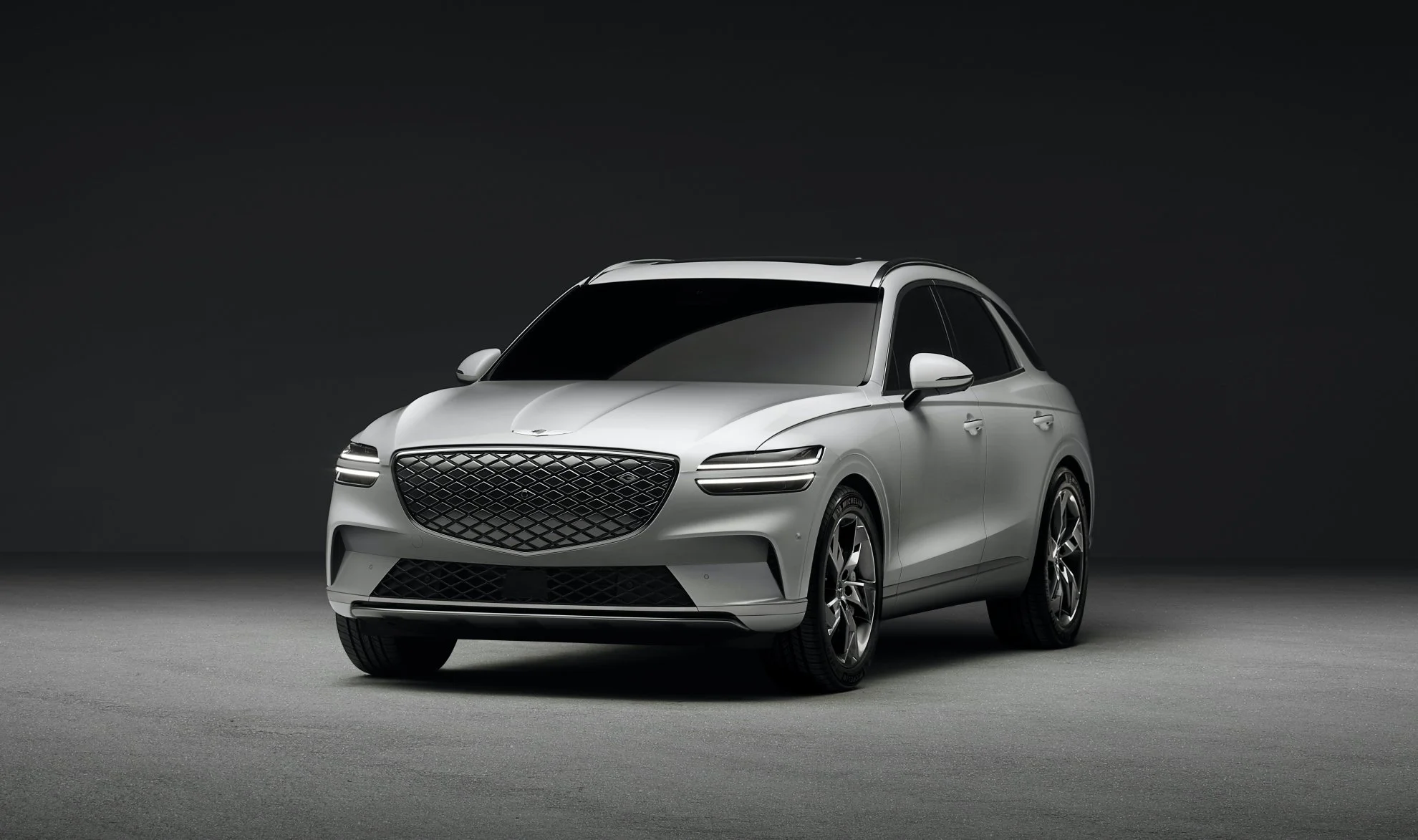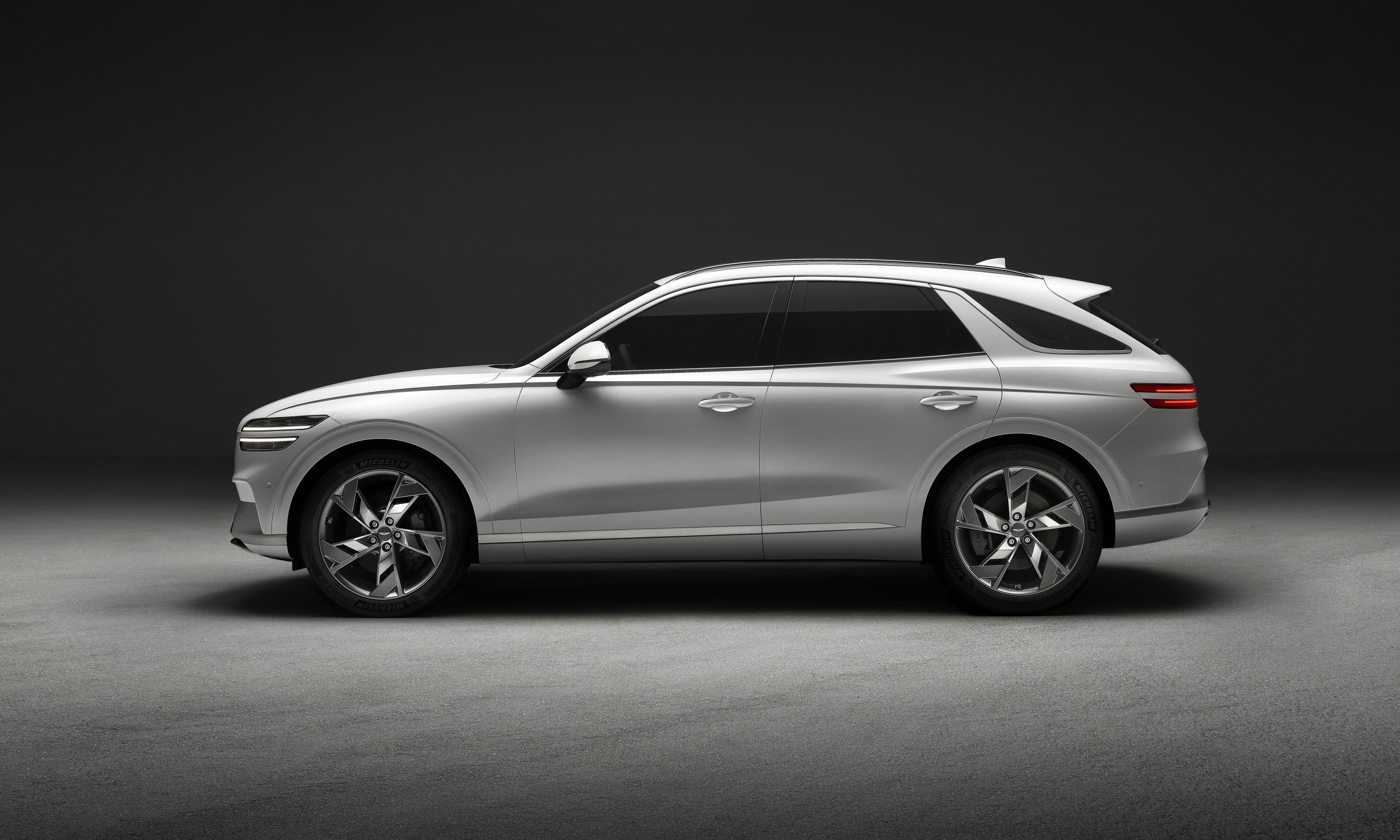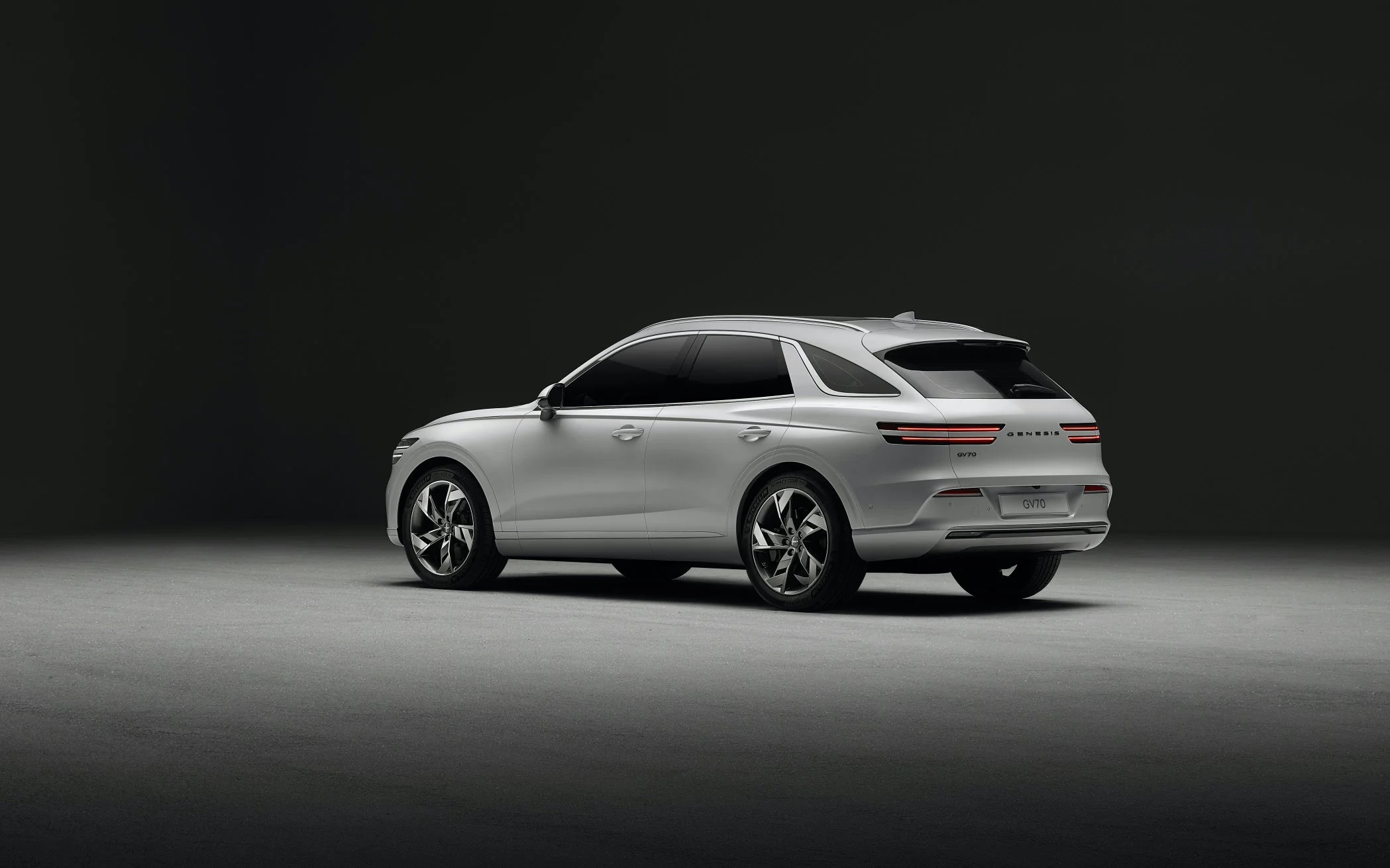Genesis’ local electric push strengthened
/Now Hyundai’s high-brow division has three battery-pure products as potential candidates for NZ sale.
ANOTHER electric opportunity within the high-end Genesis brand under New Zealand consideration has just unveiled.
Hyundai’s luxury marque has chosen a motor show in China to reveal its third fully electric car, this one a battery-dedicated version of a sports utility it has until now offered with a conventional internal combustion engine.
The electric GV70 – proper name Genesis Electrified GV70 – has been talked about for some months, but until the Auto Guangzhou 2021 unveiling the final look had been a mystery.
The model promises elements Kiwi motorists have a liking for: Suave looks, sophisticated tech and, most importantly, serious sting.
Even though the likes of the Audi e-tron wagon and sporthatch and Mercedes EQC wagon are cited as primary foes, data from the brand released with the car’s unveiling suggests the Korean model will have performance rivalling BMW M and AMG performance product.
Easy to understand why: It uses a dual-motor four-wheel drive setup with combined power and torque from each 350Nm electric motor punching out 360kW and 700Nm, in boost mode. The most powerful petrol GV70 packs 279kW. Zero to 100kmh in 4.5 seconds is cited.
Genesis has yet to share a battery capacity, but estimates the variant will cover 500km on a charge according to Chinese CLTC testing, or 400km according to Korean standards (with 19-inch wheels).
Like other latest-generation electric cars in the Hyundai Group, such as the parent’s Ioniq 5 that’s already on sale in NZ and sibling Kia’s EV6 (due here next year), the model utilises an 800V architecture, so supports both 400-volt and 800-volt fast charging, allowing for a 10 to 80 percent recharge in 18 minutes, when using a 350kW DC fast-charger and the higher voltage.
What chance of seeing it here? High, going by all the signals. Hyundai New Zealand’s boss, Andy Sinclair, has been open about wanting to revive Genesis here, but only once it can stand firmly as an electric brand.
His comment about Genesis back in August was a clear signal: “We will look to launch Genesis when we can align with their electrification.
“It makes sense with the Government direction with Clean Car discount and the Clean Car Standard.”
What also makes sense is to piggyback off a plan for Australia, where the plan is for a mid-2022 release of the Electrified GV70, the GV60 - the marque’s version of Ioniq 5 – and an electric version of the G80 large sedan. The latter pairs two 136kW electric motors for combined outputs of 272kW and 700Nm, sent to all four wheels for a 4.9-second 0-100kmh dash.
These three are just the start. More electric Genesis product is coming; from 2025 onward, every new car with this branding will be electric.
In March Genesis showed off another electric study, the X Concept, an EV-based GT (Gran Turismo) concept car, which expresses a new take on sustainable luxury car design but also embodies the design language of future Genesis EV models.
Numerous tweaks aimed at improving efficiency and packaging help the Electrified GV70 stand out from the petrol model.
For instance, it achieves a new front bumper design with a smoother facia, aimed at reducing aerodynamic drag, also incorporating a hidden charging port. In the absence of a set of tailpipes, Genesis has redesigned the rear bumper for a smoother, cleaner look.
Interior trims use a variety of ‘eco-friendly materials’ and the absence of a traditional gearbox and prop shaft has allowed for a lower central tunnel, too.
Like the Ioniq 5, the Electrified GV70 includes 3.6kW ‘vehicle to load’ charging capability. This allows the user to power electrical appliances, or charge another electric vehicle, using the car’s onboard charging system.
On the move, the electric GV70 will switch from four to two-wheel drive to maximise efficiency, by decoupling an electric motor and reducing energy losses, while the regenerative braking system is able to analyse driving habits and road conditions to alter the level of energy recuperation. Full one-pedal driving is possible. It has an e-Terrain driving mode to tackle tricky surfaces.
Overseas reports say that noise-cancelling technology has been fitted to reduce tyre roar and the forward-facing camera and navigation system are also used to analyse upcoming road conditions and prime the suspension to suit.




















